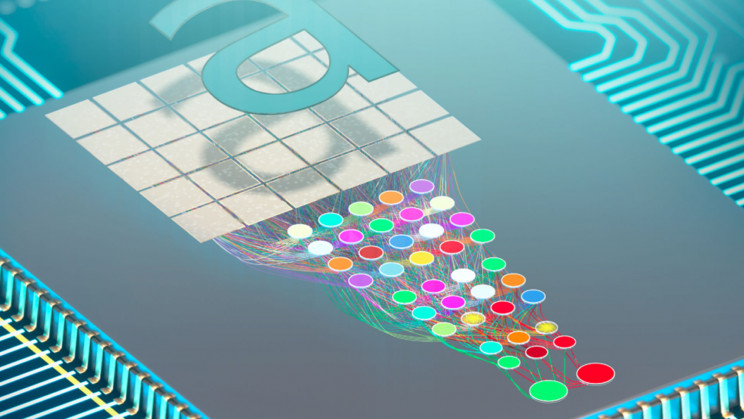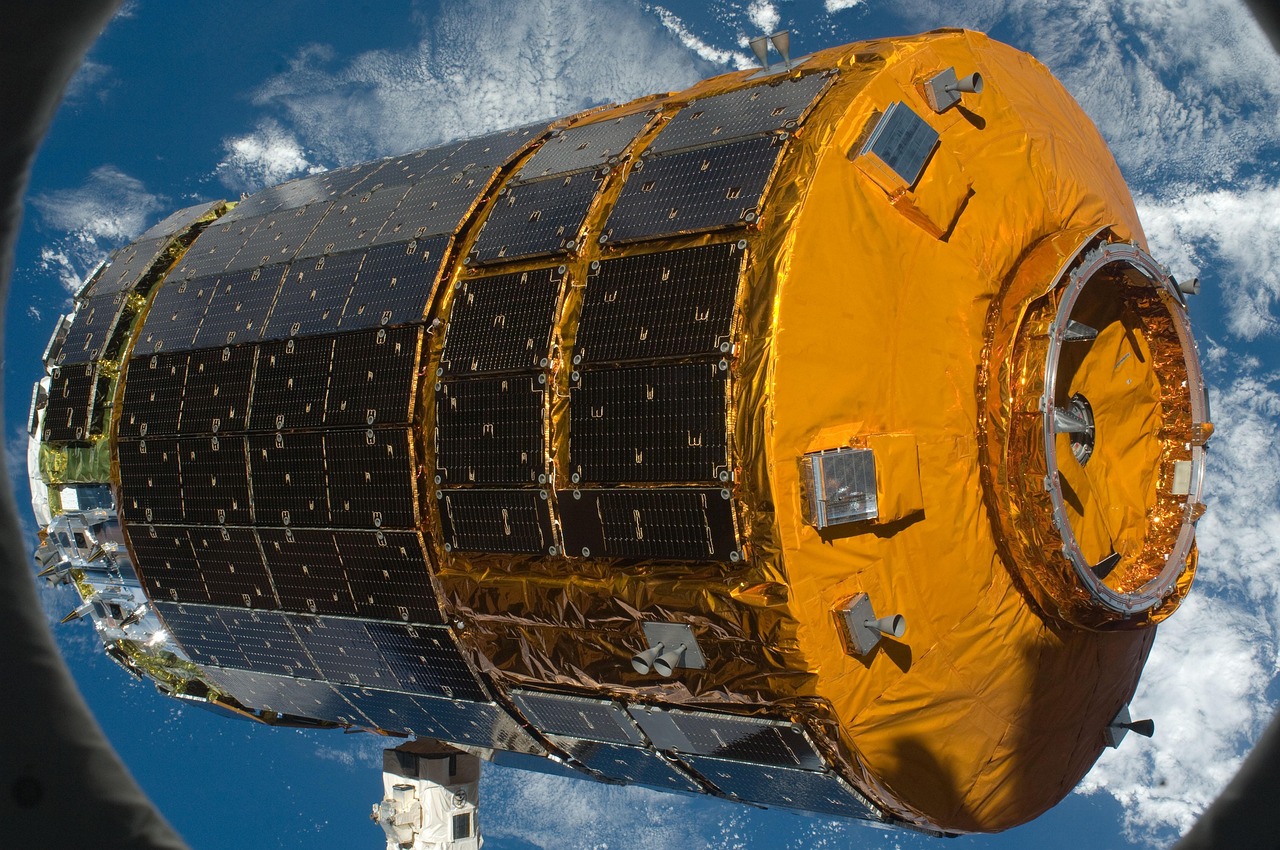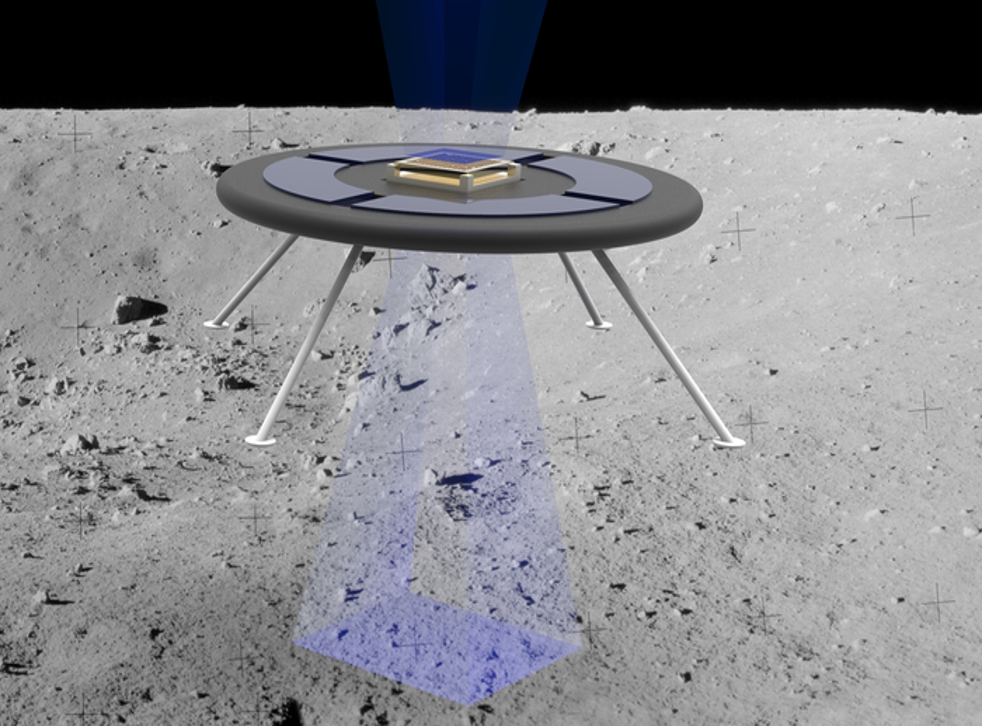In a major leap toward sustainable construction, researchers have developed a groundbreaking “living concrete” that heals itself—much like living tissue. On April 16, 2025, Cell Press published this breakthrough, which uses the fungus Neurospora to create a material that actively repairs internal damage over time.
How It Works: Fungi and Bacteria in Action
To create this living concrete, scientists combined fungal mycelium—the thread-like roots of fungi—with specific bacteria. Together, these organisms form a biologically active material. Unlike traditional concrete, which demands high temperatures and emits large amounts of CO₂, this living material grows under low-energy conditions and significantly reduces environmental impact.
Why Neurospora?
Engineers selected Neurospora for its strength and unique ability to grow intricate, interconnected networks. These natural structures not only reinforce the material but also enable it to regenerate. When cracks appear, the fungi and bacteria activate and begin filling the gaps—effectively healing the structure from within.
A Greener Future for Construction
This technology could transform building design and maintenance. Instead of depending on costly repairs, architects and engineers can build structures that last longer and require less intervention. The self-growing nature of the material also invites bold, organic architecture, thanks to the natural patterns formed by the fungi.







